North-south high-speed railway to be completed by 2035
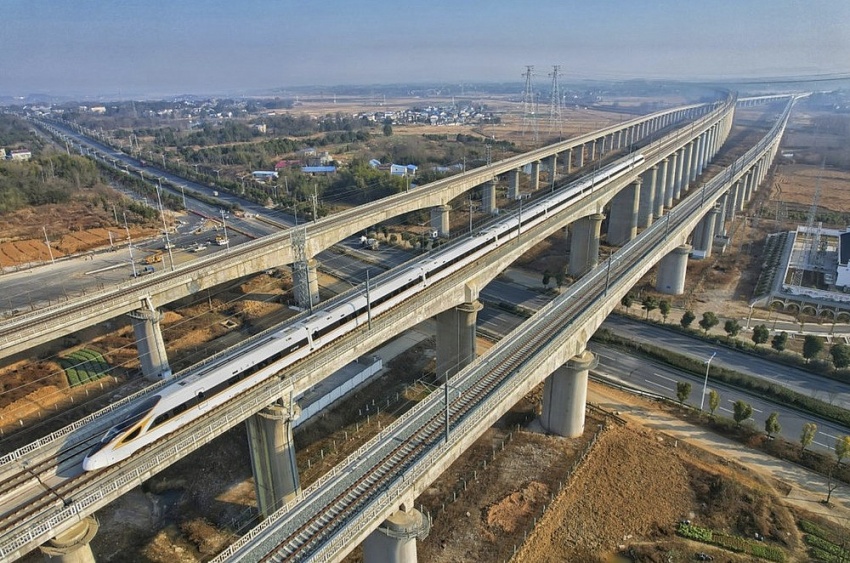 |
At a meeting to discuss investment policy for the high-speed railway on July 11, Prime Minister Pham Minh Chinh instructed the Ministry of Transport (MoT) to clarify the political, legal, practical outlook for the project, emphasising the need for comprehensive research.
The 1,541km-long railway will serve twenty cities and provinces and addresses the national demand for improved transport and logistics.
PM Chinh stressed the need for innovative and strategic approaches to complete the railway by 2035. The project is designed to use the most efficient and shortest routes, operating at speeds of 350km per hour.
It will complement existing north-south transport routes, including National Highway No.1, Ho Chi Minh Highway, and the under-construction expressway, and focus on passenger transport, while also supporting fast freight and national defence needs.
The existing railway will also be upgraded for freight transport.
"The MoT needs to calculate the total investment and thoroughly evaluate the socioeconomic impact. These calculations will inform us of the best way to mobilise capital and by what means, such as central and local government funds, loans, bond issuance, and corporate funds," the PM said.
PM Chinh also highlighted the necessity of a modern, digitalised management plan, workforce training, technology transfer and the development of a railway industry ecosystem, in line with the directives of the Politburo.
Deputy Prime Minister Tran Hong Ha will continue to oversee the project, with the MoT refining the project details, incorporating feedback, and preparing for the subsequent submission for approval.
Meanwhile, the project has attracted the attention of a Chinese investor. Last October, China Communications Construction Co. Ltd. (CCCC) announced that it wished to invest in several major infrastructure projects in Vietnam, including the north-south high-speed railway. However, there has been no update since then.
CCCC has been operating in Vietnam since 1996. The company has implemented more than 20 infrastructure and energy projects here, including Hanoi– Haiphong Expressway and Cai Mep – Thi Vai Port, as well as Vinh Tan - Binh Thuan thermal power plant and wind power projects.
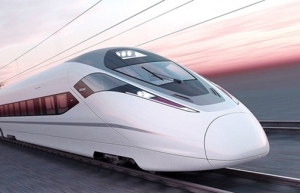 | Path to modern north-south hi-speed railway construction outlined The building of the north-south hi-speed rail line must ensure modern, cohesive, and sustainable elements in line with the Politburo’s guideline as outlined in Conclusion No. 49-KL/TW, permanent Government members made the conclusion in a document issued by the Government Office on February 19. |
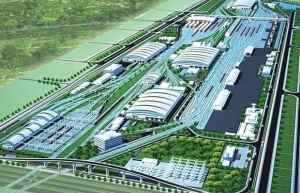 | Hanoi to ask for WB’s help with design of national railway station The Hanoi Department of Transport has proposed the municipal People’s Committee ask for the World Bank (WB)’s assistance in the technical design of the general layout for the Ngoc Hoi national railway station complex. |
 | Chinese railway group opens ties Tracodi China Railway Engineering Corporation (CREC) on June 12 signed a cooperation agreement with Tracodi, a subsidiary of Bamboo Capital Group, to invest in and develop transport infrastructure, industrial park infrastructure, and social housing in Vietnam. |
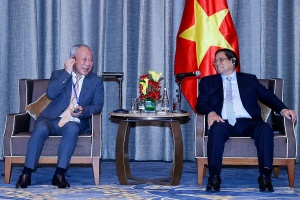 | Chinese group proposes to build Tu Lien Bridge and Hanoi Metro Prime Minister Pham Minh Chinh received leaders from some of the top Chinese infrastructure and energy development firms in Beijing on June 27, including Yan Jiehe, founder of Pacific Construction Group. |
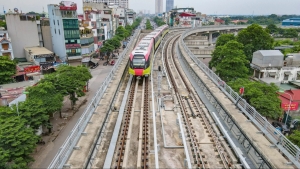 | Hanoi to develop comprehensive and modern urban metro lines Hanoi plans to invest over $55 billion to build a synchronised and modern urban railway network. |
What the stars mean:
★ Poor ★ ★ Promising ★★★ Good ★★★★ Very good ★★★★★ Exceptional
Latest News
More News
- Global partnerships key to Vietnam’s IFC development (December 26, 2025 | 16:18)
- Vingroup pulls out of bid to invest in North-South high-speed railway (December 26, 2025 | 11:42)
- Strengthening supply chains through trade promotions and customs reform (December 24, 2025 | 14:00)
- PM orders investment model for North–South high-speed rail (December 22, 2025 | 17:43)
- LS Eco Energy to invest in Vietnam rare earth sector (December 22, 2025 | 17:31)
- Government moves to establish International Financial Centre (December 21, 2025 | 21:00)
- Vietnam's IFC to target global investment flows (December 21, 2025 | 18:00)
- Two national hospitals expand capacity with new facilities (December 20, 2025 | 09:00)
- Ha Tinh breaks ground on major Vingroup industrial and energy projects (December 19, 2025 | 18:24)
- EVN launches major power infrastructure projects nationwide (December 19, 2025 | 18:17)

















 Mobile Version
Mobile Version